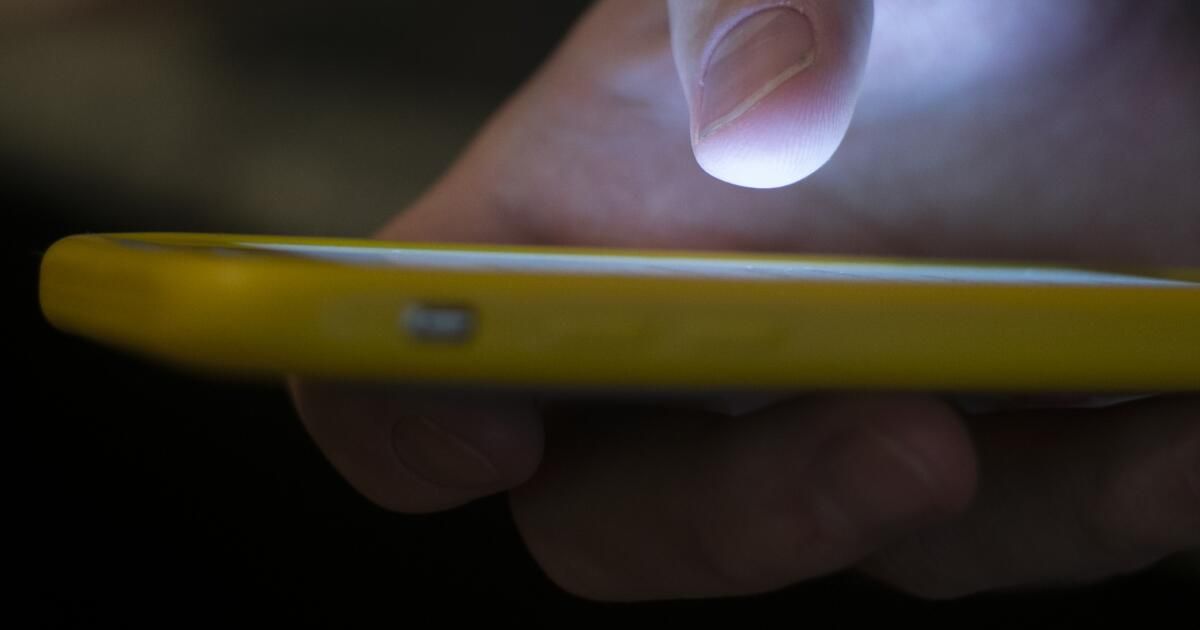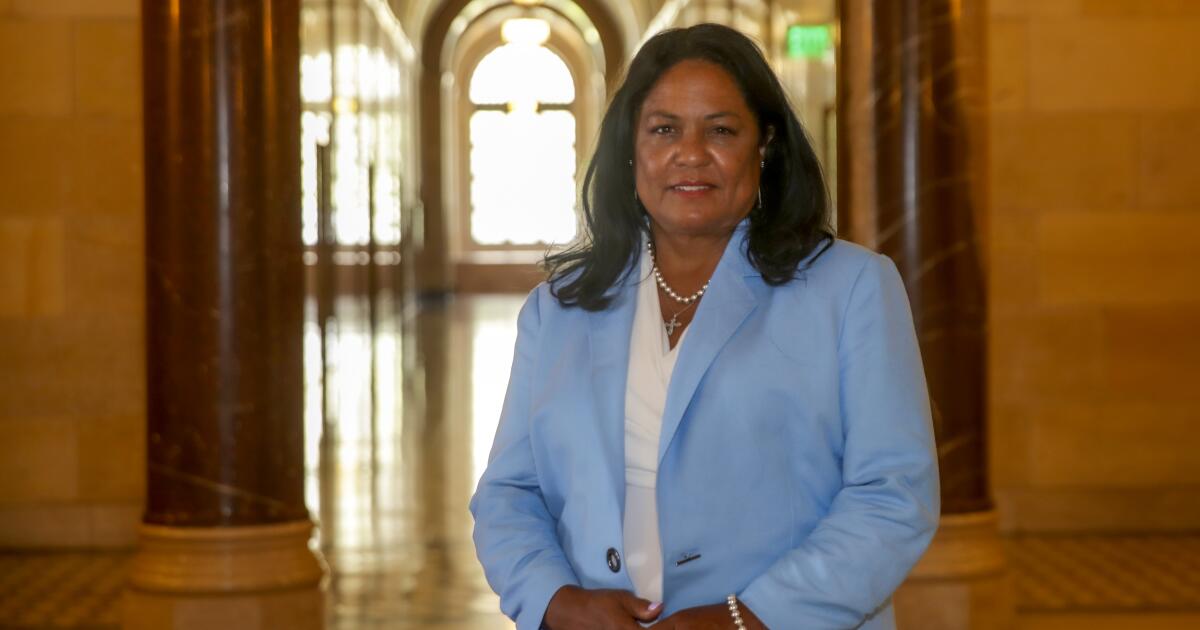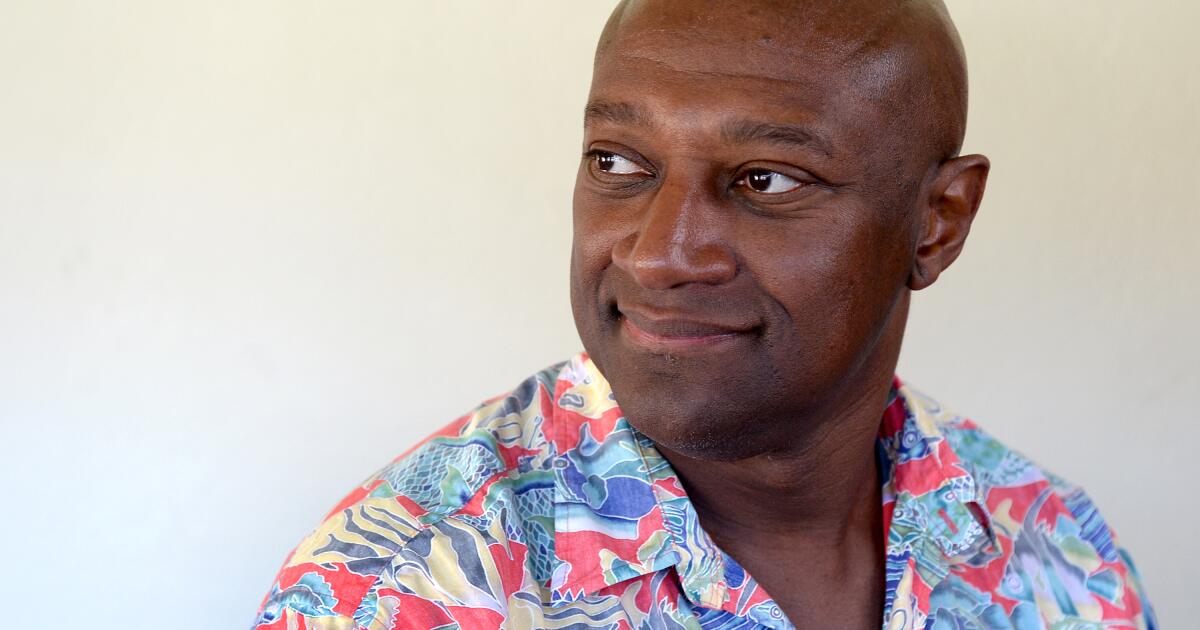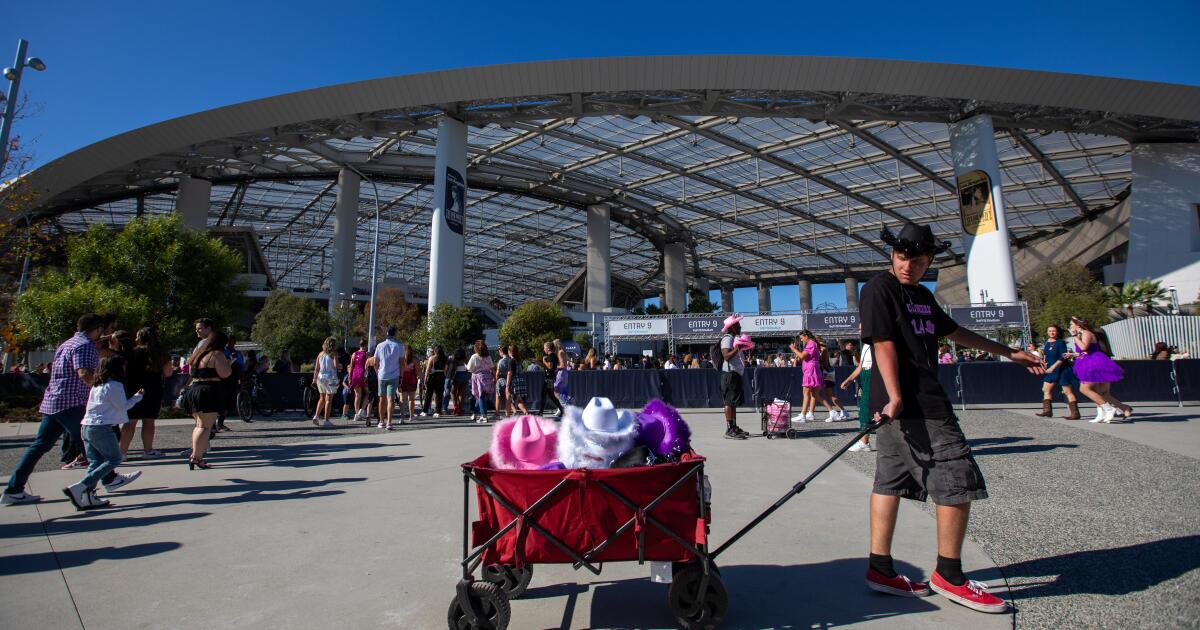The 988 suicide and crisis helpline remains one of the most important and easily accessible resources ever created to help people in crisis. So, two years after its launch, why aren't states investing more to meet the demand for its services?
Since it was launched on July 16, 2022, 988, which is available 24/7 and can be contacted by calling or texting the number or using its online chat service — has received more than 10 million contacts. In May 2024 alone, 610,378 calls, text messages and chats were sent to 988, according to data from the Substance Abuse and Mental Health Services Administration. That's a 47% increase from 413,425 in August 2022, its first full month of service.
The goal of the helpline is to connect people experiencing a mental health emergency with crisis care resources. Addison Eggebeen, 15, firmly believes that dialing 988 last year was the most important call she has ever made in her life.
“I would say it saved my life because I didn’t know how far my suicidal thoughts would go,” Addison told me. “It seems like I should say it, but I don’t know if I would be here if it wasn’t for 988.”
The staggering demand and impact of the suicide and crisis helpline is proof that we need to continue investing in 988 and working to reach more people. The only way to make 988 a comprehensive, coordinated crisis response system is through continued investment, innovation and collaboration.
One challenge is that many states have neglected to establish a reliable funding source for 988. Following the model established by 911, states have the authority to fund the lifeline by authorizing telecommunications companies to charge modest fees to customers. While states widely use surcharges on cell phone bills to Fund 911 services, only 10 states have passed comprehensive laws to ensure 988 funding, according to the report published in June.
Another major challenge is that local and regional 988 call centers are overloaded. Monica Johnson, director of the 988 and the Behavioral Health Crisis Coordination Office At the Substance Abuse and Mental Health Services Administration, it was noted this year that the burnout affecting the healthcare industry at large has also affected this workforce. Although approximately 90% of 988 calls are answered nationwide, Nevada Response Ratethe worst in the country, at just 63%. The state has about 35 officials who respond to calls.
Staffing shortages also limit the services that call centers can connect people to. These organizations—clinics that provide mental health and substance abuse treatment, mobile crisis response, post-crisis care, and stabilization—are the backbone of crisis response. They also struggle to recruit and retain staff. A survey of our National Council for Mental Wellness members last year found that Waiting for suppliersIn g The lists are increasing And they are seeing more than the optimal number of clients. They have an urgent need for more peer specialists, social workers, case managers, psychiatrists, nurse practitioners, other mental health and substance use professionals, and administrative staff.
Improving recruitment and retention at both call centers and behavioral health providers will help ensure that people can reach the helpline without delay and obtain appropriate services. In addition, it is important to strengthen coordination. Call centers should have direct access to mobile outreach teams, walk-in facilities, and outpatient care options. The 988 helpline is an entry point to services as varied as mobile crisis response, walk-in emergency care, hospitalization, residential crisis services, and intensive outpatient crisis services. All of these should work together to strengthen continuity of care.
The government must also take advantage of technology. The Federal Communications Commission has taken the first step Toward the adoption of a rule that would require telecommunications companies to route 988 calls based on the caller’s physical location, rather than to a call center in their area code. Geographically routing wireless calls through the nearest cell tower and to the nearest call center would allow a 988 operator to connect a person in crisis to the resources closest to them.
Activating 988 was a massive effort that required coordination between federal, state and local authorities. That effort has paid off, but there is more to be done to ensure the lifeline is a reliable gateway to crisis care. No one is immune from a mental health or substance use problem, and demand for this care is increasing. Nearly 50,000 people in the U.S. died by suicide in 2022, a 3% increase over 2021, according to the Centers for Disease Control and Prevention (CDC). provisional data from the National Center for Health Statistics of the Centers for Disease Control and Prevention.
So let's do everything we can to support 988 and people like Addison who are in need.
Chuck Ingoglia is president and CEO of the National Council for Mental Wellness.












